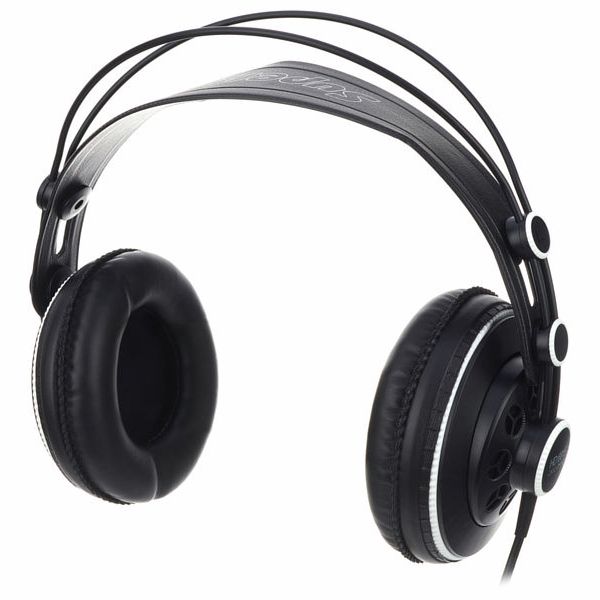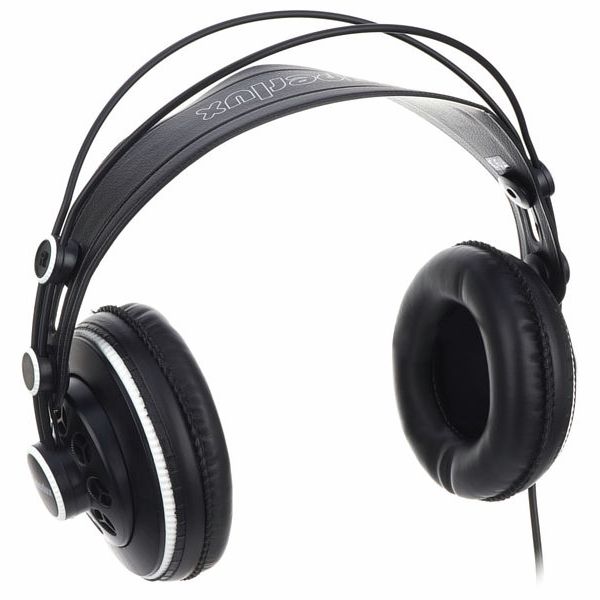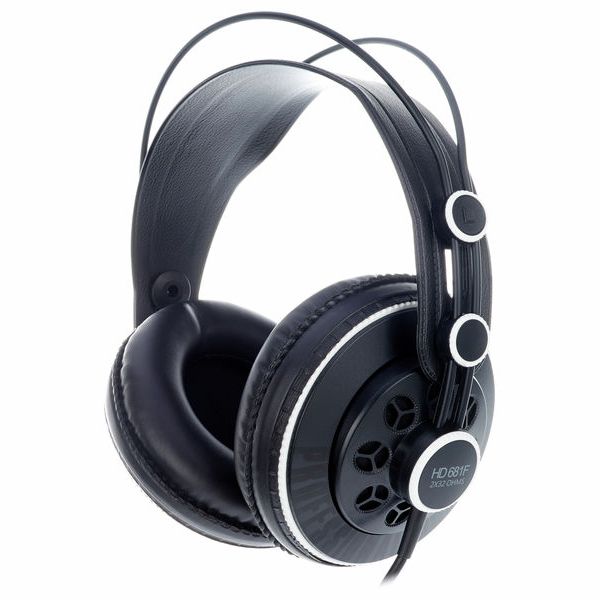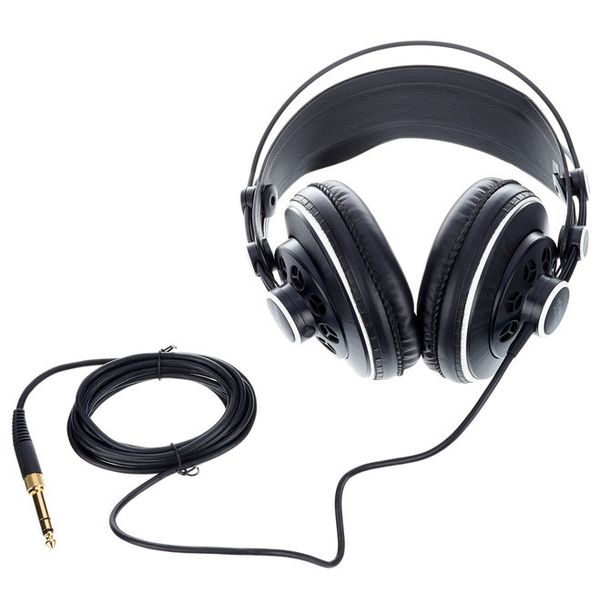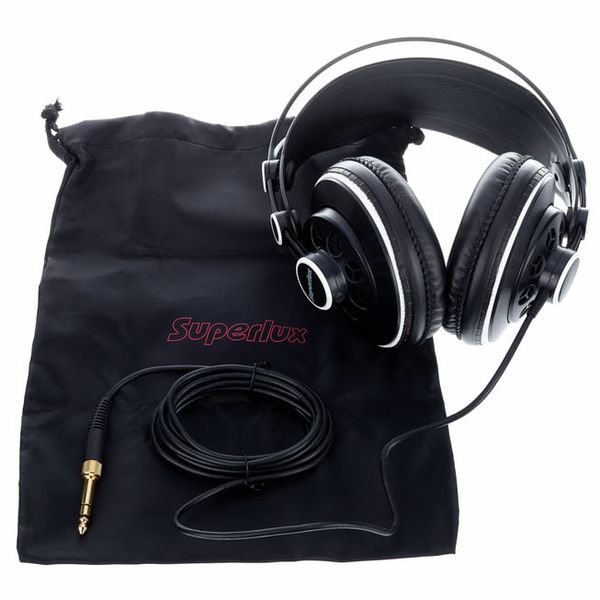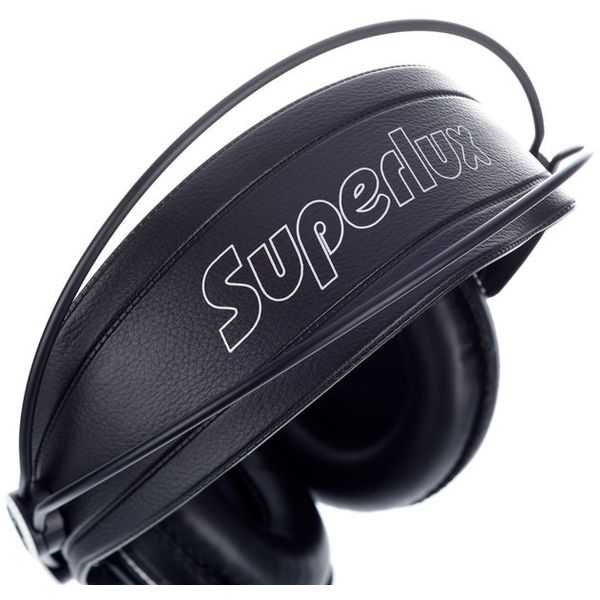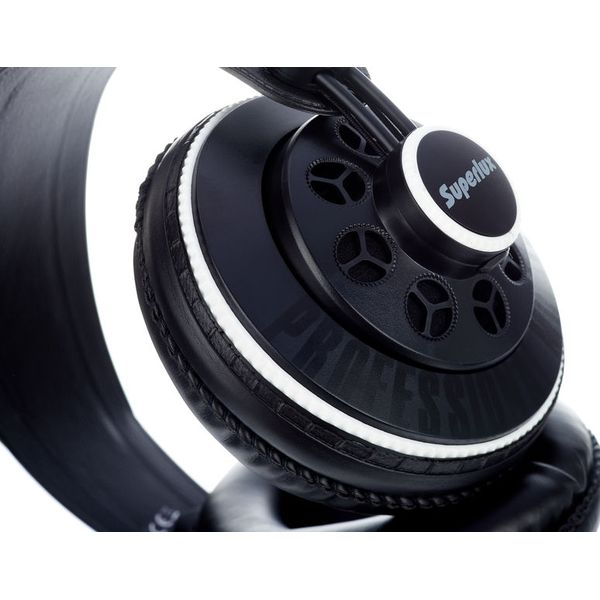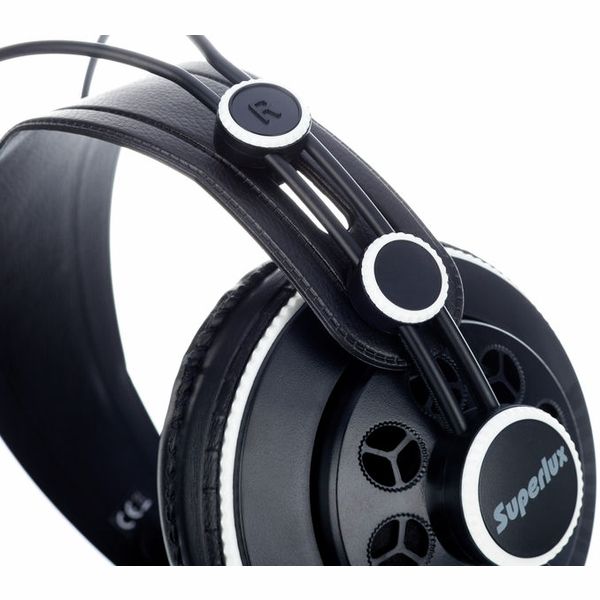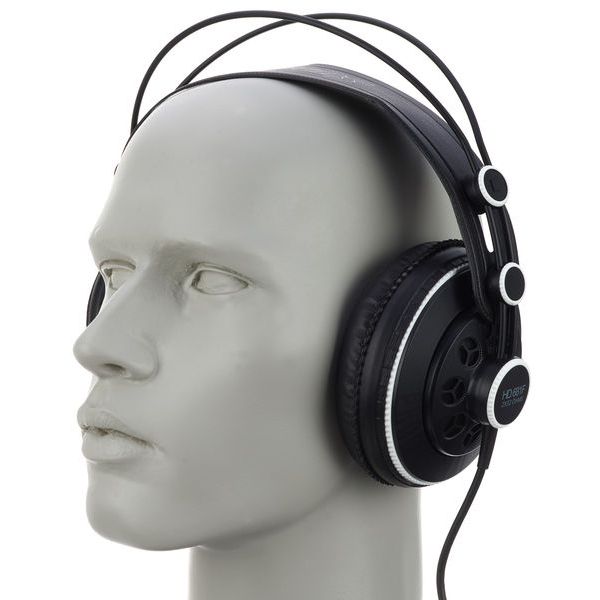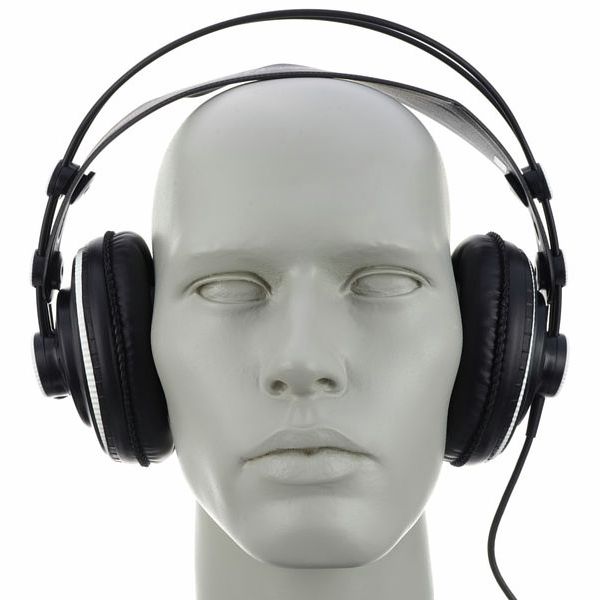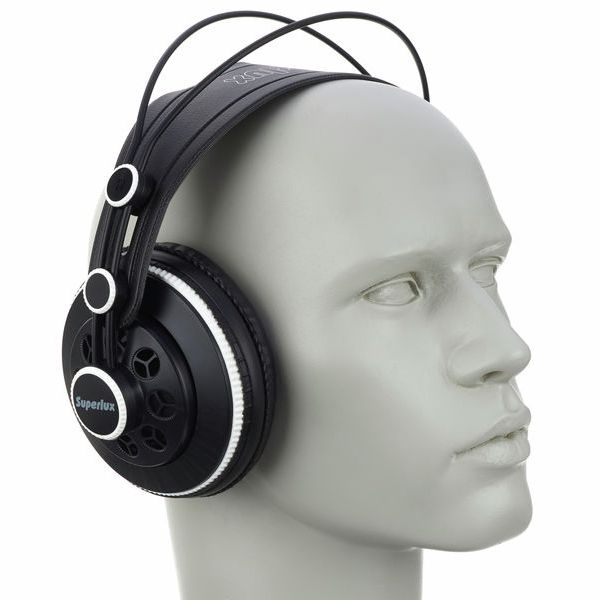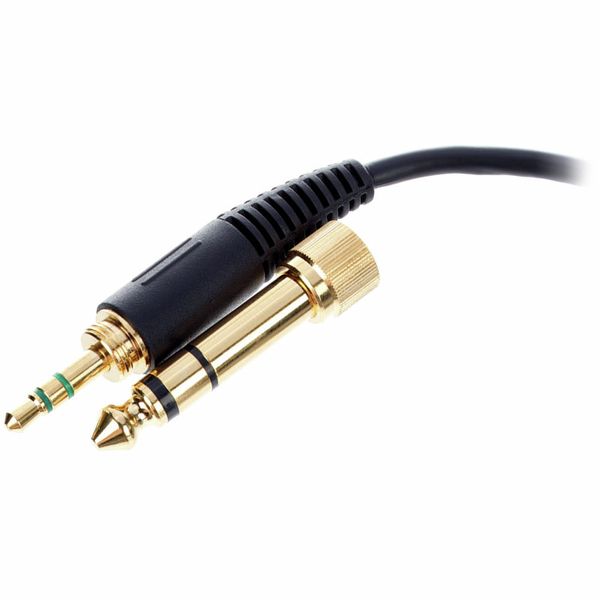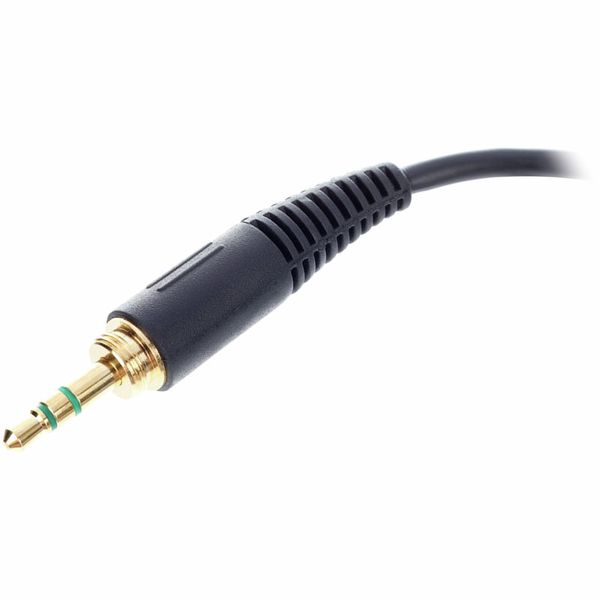I bought this item because it looked comfortable, for long recording sessions. I now have 2 pairs, and bought another for a friend. The headphones are very comfortable, but was surprised that the claimed frequency response appears to be or could well be a fact.
I happened to be building a soft synth in Pure Data one evening, and decided to generate some frequencies to find out what I could hear at 59 years of age. I managed to take the frequency to about 17k and could hear it still through the headphones. That's higher than a Shure SM58 captures.
Nobody at the time of writing has commissioned me to test the Superlux to full verification (20KHz?), but it's easily done if you know PD or Max/MSP, simply generate 20K, then put the recording (with a good condenser mic) into a DAW that has pitch transposition, EG Cubase, then drop it an octave, and see if you get a 10K pitch which should be more audible and checkable against a reference. Reprocessing the signal (wav or whatever) down another two octaves would make the sound clearly audible. Alternatively doing an FFT on the original signal gained or using a spectrum analyser should confirm the fundamental frequency as generated by PD.
In a few words, if you only need headphones that work, practicably, without a big pricetag, I haven't yet seen how to beat these. I have a pair of Sennheiser headphones with a better mid-frequency separation, but they tend to hurt ears after a while.


